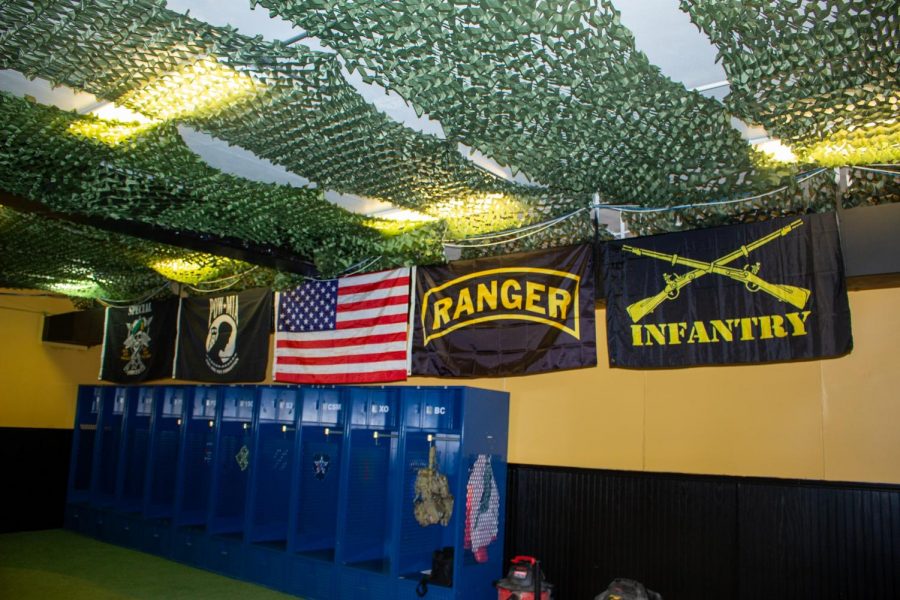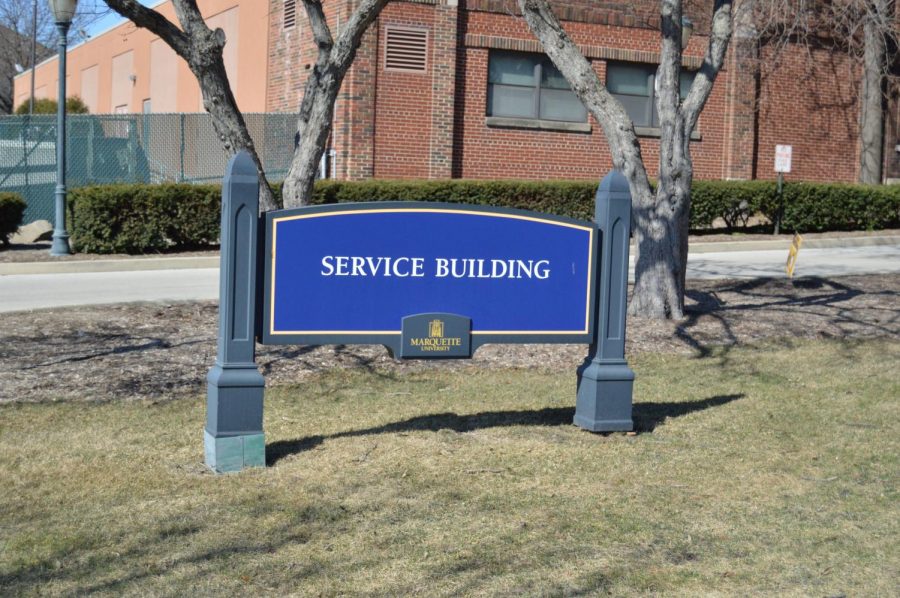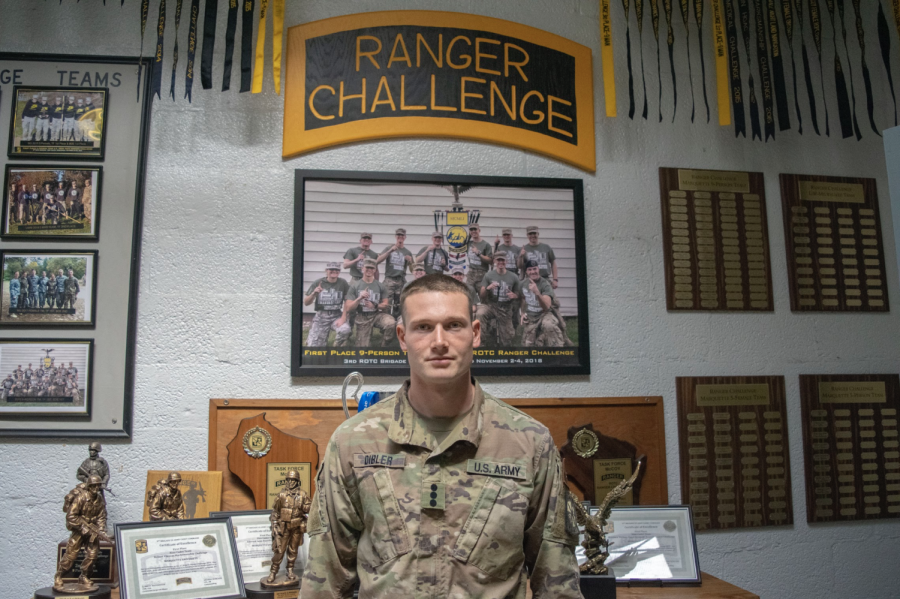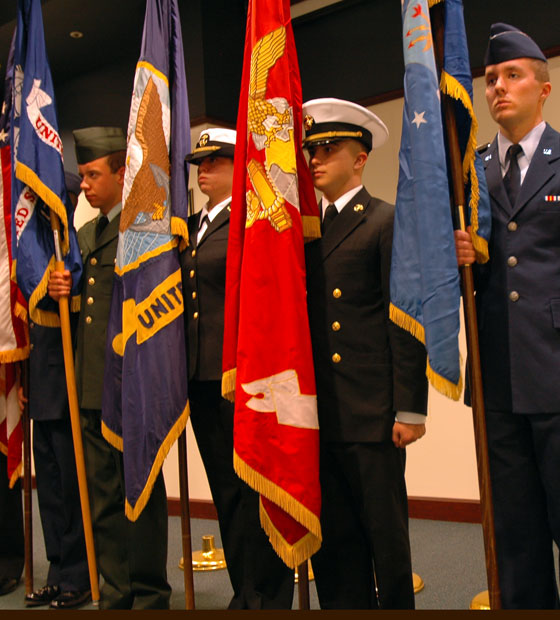In the mind of General Martin Dempsey, the move to allow women in combat roles began in 2003 on the streets of Baghdad.
That year, Dempsey was appointed to the command of the Army’s 1st Armored Division. During an episode of fighting in the streets, he introduced himself to the crew of his Humvee.
“I slapped the turret gunner on the leg and I said, ‘Who are you?’” Dempsey told CNN last Saturday. “She leaned down and said, ‘I’m Amanda.’ And I said, ‘Ah, OK.'”
From that point on, Dempsey said, he realized that times had changed and something had to be done about it.
As chairman of the Joint Chiefs of Staff, Dempsey took action Jan. 24. He sat alongside Defense Secretary Leon Panetta and signed an order that will open front-line posts to the approximately 200,000 women currently serving the active military.
“The fact is, they have become an integral part of our ability to perform our mission, and for more than a decade of war they have demonstrated courage and skill and patriotism,” Panetta said.
According to Pentagon statistics, enlisted women make up 2.7 percent of the military’s front-line units, though most work in support roles. Currently, 30.5 percent serve in medical positions and an additional 30.1 percent in administrative positions. Despite the combat ban, 100 women were killed by hostile fire in Afghanistan and Iraq.
Lt. Col. Albert Lagore, an executive officer in the Marquette Naval ROTC program, reiterated Panetta’s observation.
“Over the past decade of war, women have contributed in unprecedented ways to our mission,” Lagore said in an email.
In addition, Lagore said, the removal of the ban will benefit the military as a whole.
“Opening positions to a wider pool of skilled personnel maximizes military capabilities, provides a greater pool of qualified members from which to draw and reduces the operational tempo for those currently deploying,” Lagore said.
Preceding this announcement, the Army opened the 160th Special Operations Aviation regiment to women and had been recruiting them to pilot helicopters. The Navy put its first female officers on submarines earlier this year and over the past year women have been associated with combat units in Afghanistan and Iraq.
Illinois Rep. Tammy Duckworth (D), an army veteran, completely supported the decision.
“Any time that we’ve opened up our military to performance-based service … we’ve benefited as a military,” Duckworth said in an interview with CNN. “This is good for the nation.”
Dempsey said he also believes allowing women into combat roles will help to reduce the issue of sexual harassment plaguing the armed forces. If the genders are treated equally at the top of the leadership, Dempsey said, equal treatment will likely resonate down to the lower ranks.
Lt. Col. Michael Gibson is a professor of military science and leadership and helps to direct the Army ROTC program at Marquette. He has not heard of women having a strong desire to serve in combat roles and believes most will continue to serve in support roles.
“I have heard many of the Marquette female cadets express desires to protect, heal and serve our soldiers in combat situations as our future nurses, doctors, lawyers, logisticians and military intelligence officers,” Gibson said.
As for ROTC itself, the directive from the defense secretary will not necessarily change the curriculum used to teach cadets.
“All Army cadets are trained basic military skills, tactics and the foundations of leadership necessary to lead soldiers, no matter the occupational specialty,” Gibson said.








